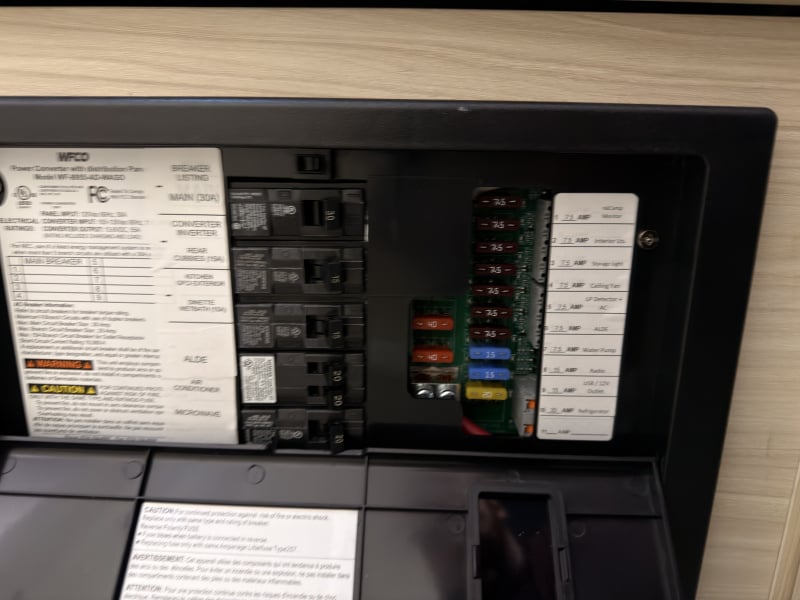Categories
- All Categories
- 6 Cirrus Truck Campers
- 115 Dutchman and Vintage TaB Archives
- 5 Forum Rules
- 3 nüCamp & Forum Contacts
- 940 Air Conditioning & Refrigeration
- 2.5K Battery/Electrical & Solar
- 1.2K Camping & Travel
- 141 Events & News
- 219 Factory Comments
- 22 "FOR SALE" - New/Used Trailers
- 12 “FOR SALE" - Camping & Trailer Gear
- 2.3K Heating/Plumbing & Winterizing
- 132 Help - Computer & System
- 912 Introductions
- 404 Looking to purchase a trailer?
- 2.1K Modifications & Upgrades
- 1.4K Products and Accessories
- 389 Service/Maintenance & Recall Notices
- 37 Solo Travelers Hints & Tips
- 1 T@G Forum
- 71 Teardrop Groups & Links
- 71 Testimonials
- 902 Tips & Tricks
- 1.5K Trailer & Towing
- 27 Owners Manuals/PDF Files/Videos & Resources
- 61 üCamp Rally - News & Information
2024 Tab 400 solar controller fuse location
Hi all, new owner looking to disconnect my lithium battery for the winter by following Nucamps instructions to turn off the batt disconnect and pull the solar controller fuse (https://m.youtube.com/watch?v=UrtTgBBQOK8)
What I’m wondering is… where can I find the solar controller fuse on my 2024 Tab 400 BD? I don’t see anything relevant on the panel. Should I look for it under the bed somewhere?

What I’m wondering is… where can I find the solar controller fuse on my 2024 Tab 400 BD? I don’t see anything relevant on the panel. Should I look for it under the bed somewhere?


Comments
Inline fuses look like this.
2025 Toyota Highlander 2.4L Turbo
Anyway pthomas745, I noticed that with the battery disconnect switch to “off” I can still login to the smart shunt on my phone, so I assume it’s still drawing power from the battery (unless it’s pulling directly from the panel?). From the wiring diagram on another forum post it looked like the solar controller fuse would also take the smart shunt out of the equation and truly disconnect the battery, so that’s why that was my first thought. Happy to be corrected though!
Thanks all for the info, this definitely helps me understand the battery systems at a much deeper level and figure out the right play for my circumstances.
I am in the process of depleting the batt to 50% charge and then intend to disconnect the controller. However, the trailer is covered so I likely will not disconnect it if there is no PV charge getting through the cover.
St Catharines, ON